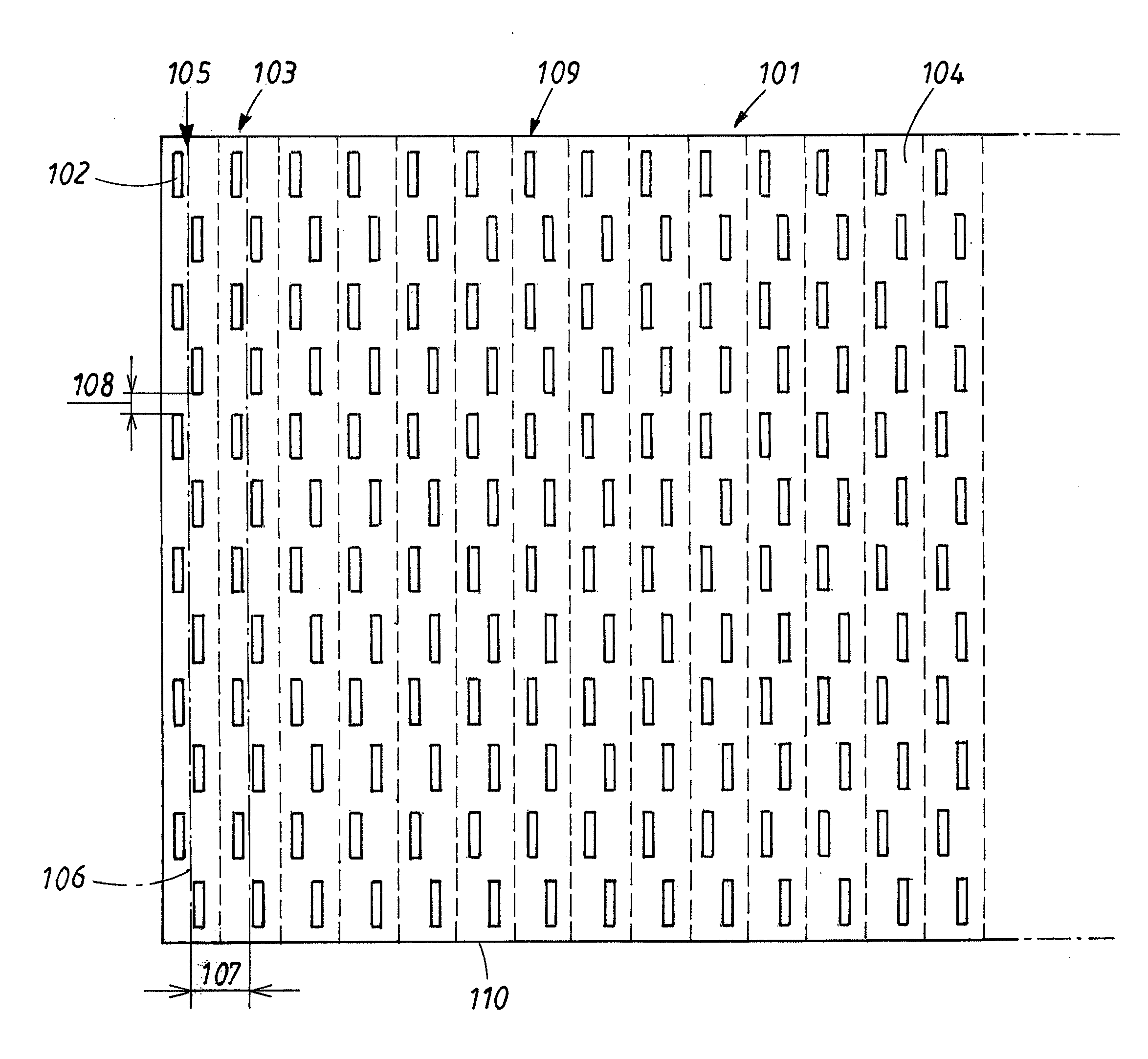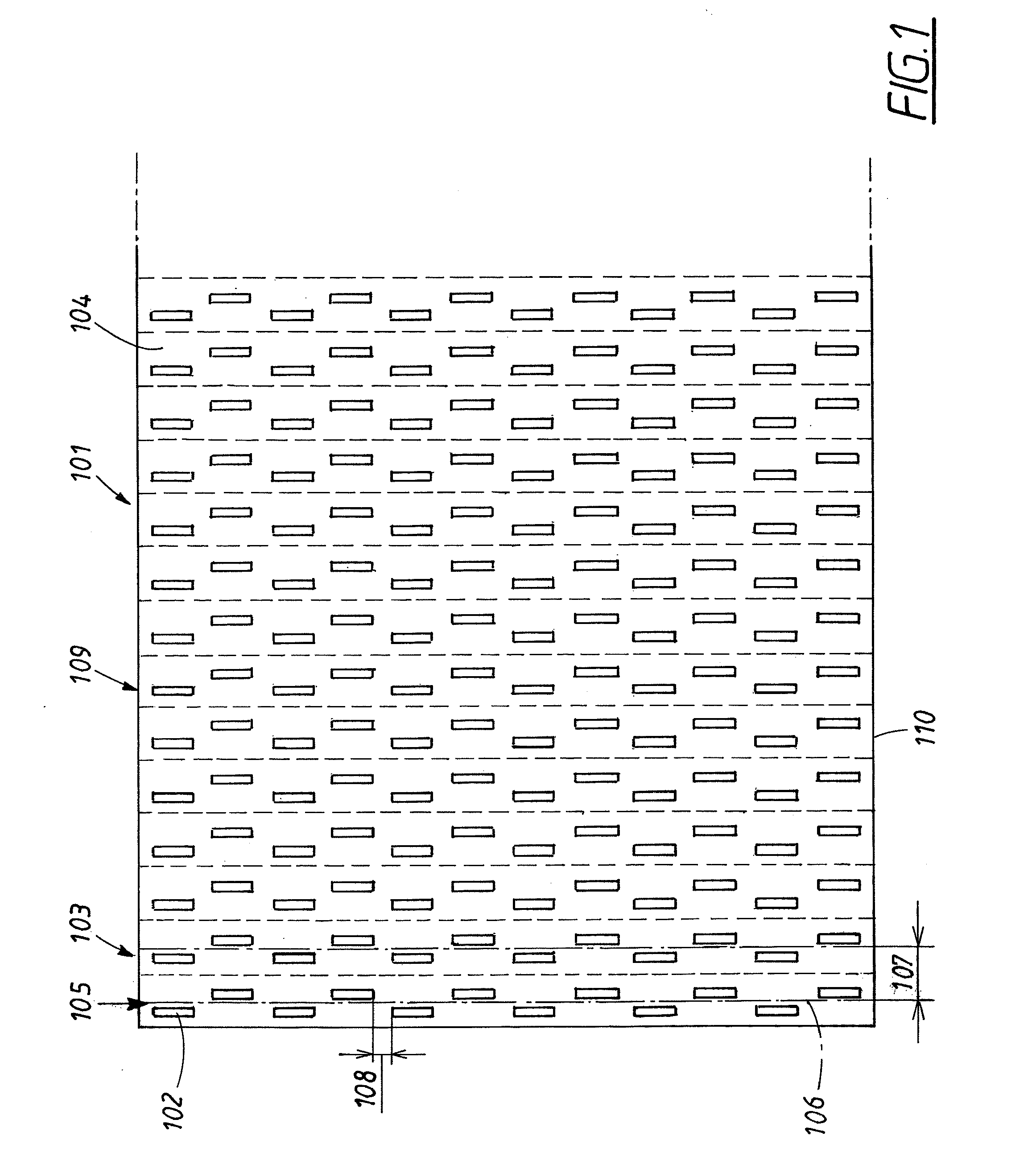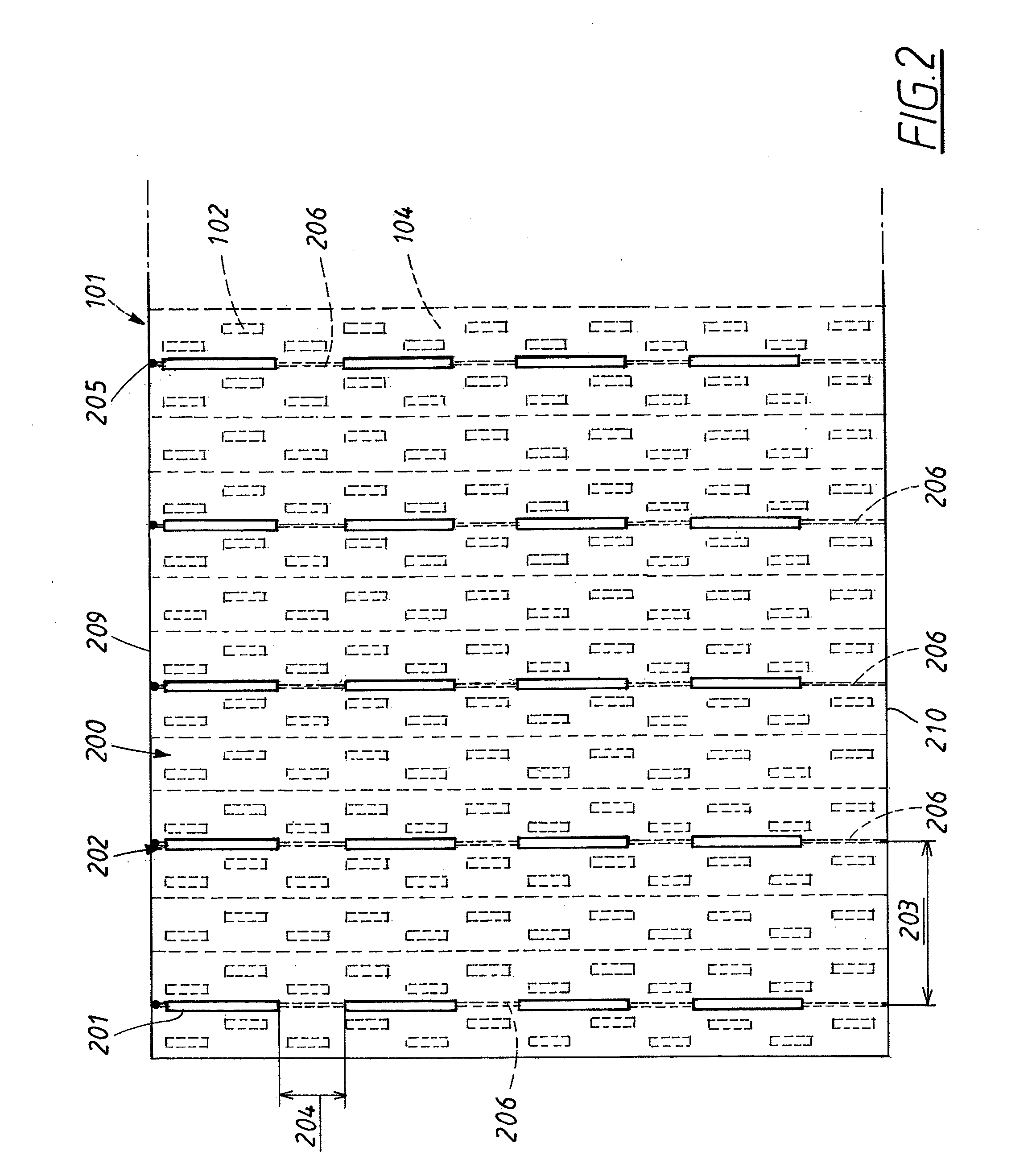Dual frequency antenna aperture
a dual-frequency antenna and aperture technology, applied in the direction of resonant antennas, instruments, reradiation, etc., can solve the problems of complex feeding network interfering with the bottom planar array antenna, complicated frequency selective surface for radiating elements and ground plane, and antennas being required
- Summary
- Abstract
- Description
- Claims
- Application Information
AI Technical Summary
Benefits of technology
Problems solved by technology
Method used
Image
Examples
Embodiment Construction
[0021]The invention will now be described in detail with reference to the drawings.
[0022]The invention is applicable in general to antennas for radio communication or radar system requiring two antenna apertures working at different frequency bands. Henceforth in the description the invention is exemplified with a radar system requiring one antenna aperture for a PSR antenna operating at a certain high frequency and one antenna aperture for an IFF / SSR antenna operating at a certain lower frequency. Other combinations of one high and one low frequency band are possible within the scope of the invention. A typical application can be a high frequency of one to several GHz, the high frequency being 3-4 times higher than the low frequency. In this example certain directions of slots, columns and polarizations are defined as vertical and horizontal. The invention is however applicable to other directions as long the two directions are substantially perpendicular.
[0023]When a certain apert...
PUM
| Property | Measurement | Unit |
|---|---|---|
| relative dielectric constant | aaaaa | aaaaa |
| frequency band | aaaaa | aaaaa |
| area | aaaaa | aaaaa |
Abstract
Description
Claims
Application Information
 Login to View More
Login to View More - R&D
- Intellectual Property
- Life Sciences
- Materials
- Tech Scout
- Unparalleled Data Quality
- Higher Quality Content
- 60% Fewer Hallucinations
Browse by: Latest US Patents, China's latest patents, Technical Efficacy Thesaurus, Application Domain, Technology Topic, Popular Technical Reports.
© 2025 PatSnap. All rights reserved.Legal|Privacy policy|Modern Slavery Act Transparency Statement|Sitemap|About US| Contact US: help@patsnap.com



